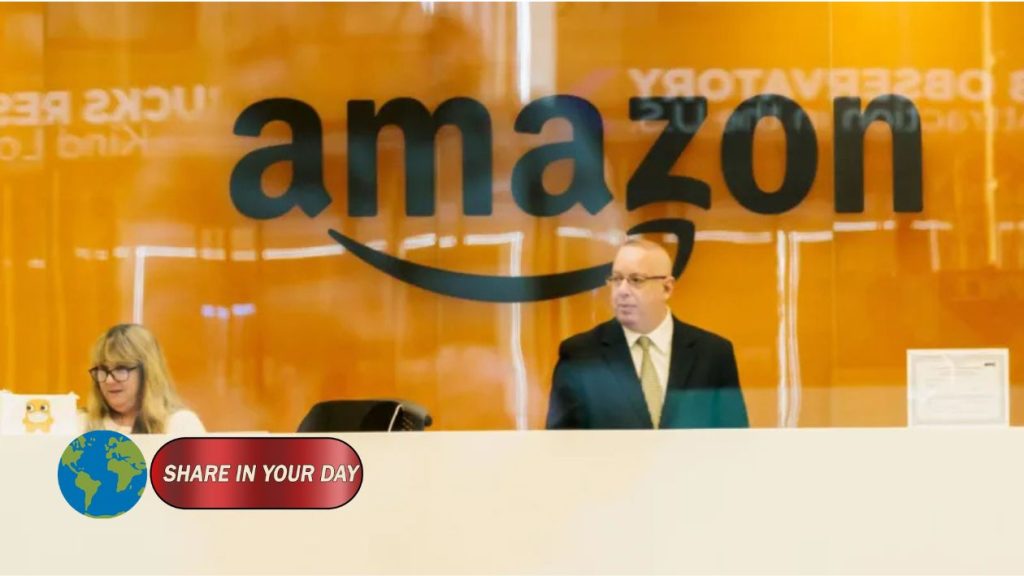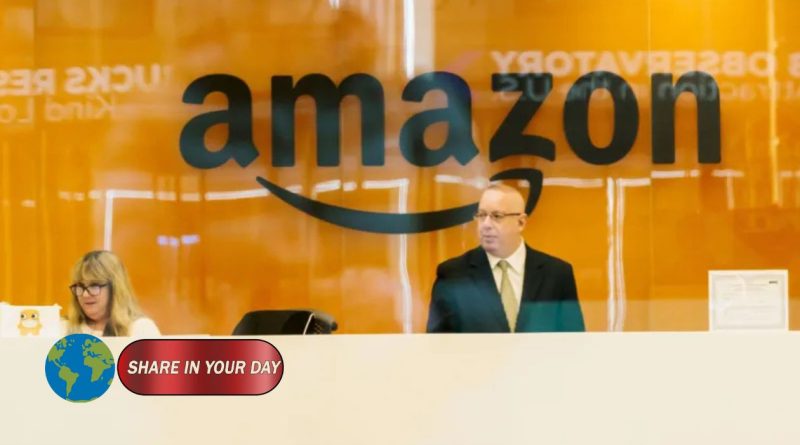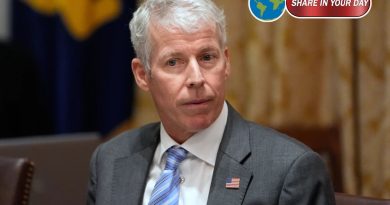AI Job Cuts: Real Threat or Overhyped Panic?
NEW YORK, USA — This week, Amazon made headlines with its announcement to eliminate around 14,000 corporate positions, a move that is sparking renewed debate over the role of Artificial Intelligence (AI) in the labor market. The tech giant, like several of its peers, has cited AI technology as a driving force behind these cuts, raising concerns that automation may be replacing human workers in growing numbers.
In recent months, AI-related job losses have become a recurring theme in corporate layoffs. Companies like Chegg, Salesforce, and UPS have all pointed to AI as a significant factor in their decisions to reduce staff. For example, Chegg, an online education firm, announced a 45% workforce reduction this week, citing the “new realities” of AI. Similarly, Salesforce cut 4,000 customer service roles last month, with its CEO attributing the move to AI-powered agents taking over customer support functions.

But is AI really the main culprit behind these job cuts, or is this a convenient scapegoat for broader economic trends?
Skepticism Over AI’s Direct Role
While the headlines paint a clear picture of automation replacing jobs, some experts are skeptical about drawing direct links between layoffs and AI technology. Martha Gimbel, executive director of the Budget Lab at Yale University, cautioned against over-interpreting company statements about AI. “Extrapolating from executives’ remarks during cuts is possibly the worst way to determine the effects of AI on jobs,” she said. According to Gimbel, the dynamics of each company—such as financial pressures, strategic shifts, and market conditions—often play a more significant role in workforce decisions than AI alone.
Indeed, certain sectors—like recent college graduates and data center workers—may be more vulnerable to automation, particularly in lower-skilled or repetitive roles. A study from the Federal Reserve Bank of St. Louis found a correlation between industries with high AI adoption and rising unemployment in certain job categories. However, some believe it’s too early to declare AI the cause of widespread job losses.
A Closer Look at AI’s Impact on Different Occupations
Recent research offers a nuanced view of AI’s impact on employment. Morgan Frank, an assistant professor at the University of Pittsburgh, studied the link between the launch of ChatGPT in November 2022 and subsequent job market shifts. His findings indicate that AI’s effects were most pronounced in office and administrative support roles, with unemployment claims in this sector spiking immediately after the chatbot’s release. However, the data did not show a significant change in job trends for occupations in the computer science or tech sectors.
Frank’s research suggests that AI might be accelerating the decline of certain job categories but is not yet a driving force behind mass layoffs across the board. “Both tech workers and admin workers— they’re in a rougher job market than they were a couple of years ago,” Frank said. “But I’d be skeptical that AI is the reason for all of it.”
The Role of Economic Cycles in Job Cuts
A key factor in understanding the current wave of layoffs is the broader economic cycle. During the pandemic and its early months, companies, especially in tech, were hiring at an unprecedented rate due to low interest rates and an urgent need to adapt to the shifting business landscape. As the Federal Reserve raised interest rates, many of these companies are now facing a natural correction, which could explain some of the workforce reductions.
Gimbel argued that layoffs in the tech industry may simply reflect the cyclical nature of business, rather than a direct consequence of AI. “Nothing I’ve seen looks different than typical patterns of companies hiring and firing, particularly at this point in an economic cycle,” she noted. The true test, she said, will come when the economy enters a period of solid growth, and the role of AI in job displacement can be assessed more clearly.
Amazon’s AI-Driven Transformation
Amazon’s recent announcement that it plans to reduce 14,000 corporate roles provides another case study in the complex interplay of AI and workforce dynamics. While the company cites AI as a reason for the cuts, it’s important to note that Amazon is in a unique position, both as a developer and consumer of AI technology. The company’s large-scale operations make it a prime candidate to implement AI-driven efficiencies faster than many competitors.
Lawrence Schmidt, an associate professor of finance at MIT Sloan School of Management, noted that Amazon may be able to automate certain jobs at a faster rate due to its vast infrastructure. “It’s not at all crazy to think that Amazon might want to shed certain types of roles, or refrain from hiring additional people in certain types of roles, if they can be quickly automated,” Schmidt said.
Yet, experts like Enrico Moretti, an economics professor at UC Berkeley, pointed out that Amazon and other tech giants might be responding to both AI advancements and the market corrections that follow rapid hiring during the pandemic. The company’s growth in recent years—fueled by a surge in online shopping and cloud services—may be normalizing, resulting in job cuts irrespective of AI’s rise.
Long-Term Outlook: Will AI Truly Replace Jobs?
The ongoing debate over AI and job displacement is far from settled. While automation undoubtedly affects certain job categories, particularly those in lower-skill sectors, it is still unclear whether AI will lead to widespread job loss or simply shift the nature of work. Experts agree that the future of employment in an AI-driven economy will depend on a range of factors, from economic conditions to the speed and scale of automation.
In the long run, distinguishing between cyclical job losses and AI-driven changes will be crucial. If the U.S. economy enters a recession, it’s likely that human resources, marketing, and customer service jobs will be hit hardest—sectors that are also vulnerable to automation. But AI is still a relatively new technology, and its full impact on the workforce may take years to unfold.
Conclusion
The debate over AI and job cuts is complex and multifaceted. While companies like Amazon and Salesforce point to AI as a reason for workforce reductions, experts warn against assuming that automation is the sole factor behind these layoffs. Economic cycles, hiring trends, and broader market conditions also play key roles in workforce adjustments. As AI continues to evolve, its impact on jobs will likely become more apparent, but it’s clear that the transition will be gradual, and may involve both the displacement and creation of new roles.




